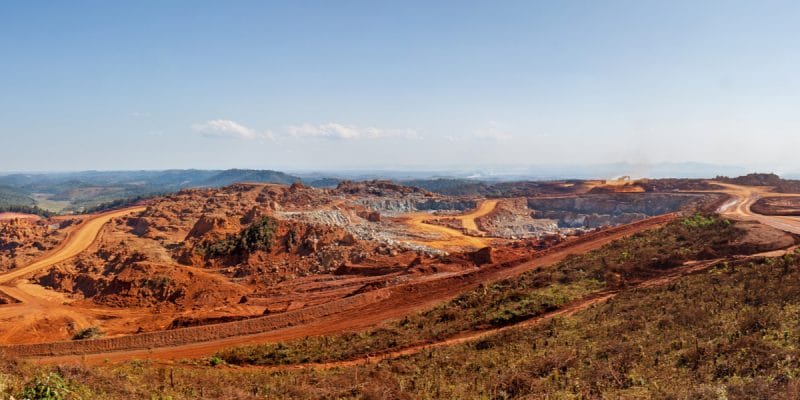Ahead of the fifteenth Conference of the Parties (COP 15) on desertification, scheduled for May 9-20, 2022 in Abidjan, Ivory Coast, the United Nations has released a new report on the state of the land. More than 70% of the land area has already been transformed by human activities, and up to 40% is degraded worldwide. The report mentions Africa twice, with one billion hectares of dry land.
The United Nations (UN) released on April 27, 2022, a report on land, the second of its kind since 2017. It is entitled “Global Land Outlook”. The document presented as the most comprehensive to date on desertification makes worrying predictions.
Phenomena such as urbanization, deforestation, as well as current agricultural and food practices, will lead to the degradation of 16 million km2 of land by 2050, or nearly half of the African continent. And for now, the report indicates that more than 70% of the land area has already been transformed by human activities, and up to 40% is degraded. This potential loss of biodiversity will be felt mainly in Africa, particularly in the Sahel and the Maghreb, but also in Latin America and the Middle East, where soil fertility is expected to decline the most due, in particular, to the lack of water and the risk of drought.
In an earlier study published on September 29, 2021 on the slow pace of restoration of degraded land in Africa, the UN already indicated that the continent has one billion hectares of dry land.
Restore 50 million km2 by 2050
To reverse the desertification curve in Africa and the rest of the world, the UN report proposes three solutions. The first is restoration. This includes restoring 50 million km2 (35% of the world’s land area, editor’s note) by 2050, by developing agroforestry, adapting pasture management and supporting natural soil regeneration.
Read also-AFRICA: 9 countries benefit from a dryland restoration programme
The second proposal is to meet the 17th Sustainable Development Goal (SDG) defined by the UN, from which in 2021, more than 155 countries have already committed to restore 10 million km2 by 2030. According to its UN experts, meeting this commitment would increase agricultural yields between 5% and 10% in most developing countries by 2050 and maintain 17 gigatons of carbon in the soil.
The UN also calls for the implementation of soil protection measures on half of the earth’s surface. Its promoters are also counting on the deployment of natural protected areas on 4 million km2.
Boris Ngounou







